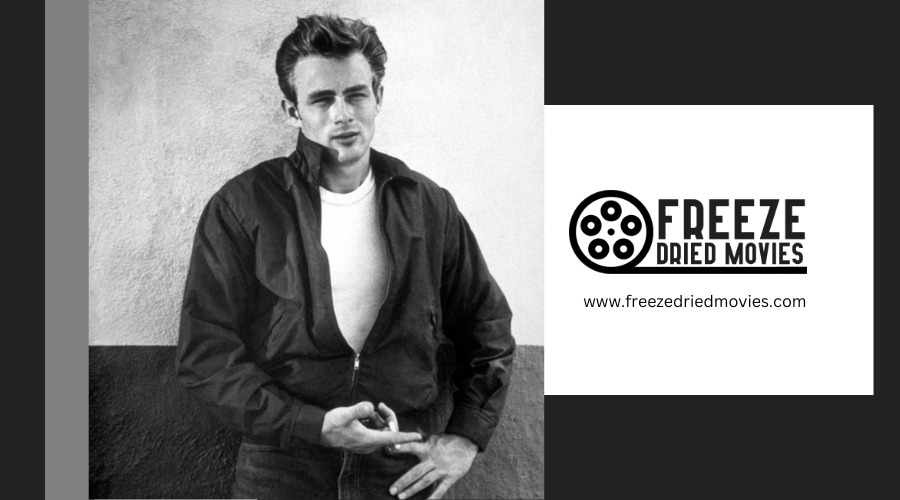How Much Did Movie Tickets Cost in the 1960s?

In the 1960s, you'd pay between $0.50 to $1.50 for a movie ticket, with the national average hovering around $1.10 by mid-decade. Your dollar bought more than just the film - you got cartoons, newsreels, and serials as part of the complete entertainment package. Saturday matinees were a bargain at just $0.25, while premium evening shows cost more. Adjusted for inflation, these prices tell a fascinating story about America's entertainment value.
Movie Ticket Prices Throughout the 1960s
While today's moviegoers often complain about expensive tickets, watching films in the 1960s was remarkably affordable. In 1966, you'd pay just $1.10 for a movie ticket, which equals about $8.47 in today's money.
The average ticket price saw a modest increase to $1.20 the following year, equivalent to $8.93 in 2023.
The cost continued to climb as the decade progressed, with the average ticket price reaching $1.31 in 1968 and $1.42 by 1969. Even with these increases, you'll find it interesting that movie tickets remained incredibly accessible. When adjusted for inflation, the 1969 price would be approximately $9.77 today. You could even enjoy Saturday matinees for less than a quarter, making the cinema a popular and budget-friendly entertainment option throughout the 1960s. The post-war prosperity of the era meant more Americans had disposable income to spend on entertainment like movies.

The Complete Movie-Going Experience: What Your Dollar Could Buy
Your dollar stretched remarkably far at the movies in the 1960s, offering far more than just the feature film. For just 70-75 cents, the average price of movie tickets provided a complete entertainment package, including Warner Brothers shorts, trailers, old serials, and newsreels. Saturday matinees were an exceptional value, with tickets sold at just a quarter.
The movie theater experience was particularly impressive in 1966, when the average price of $1.09 (adjusted for inflation to $8.47) bought you nearly seven hours of screen time. You'd get comfortable seating in classically designed theaters, and your parents' quarter covered both admission and concessions. Compare that to today's costs, where a similar movie date would set you back $60-80 - the equivalent of over 10 hours of minimum wage work. This trend of affordable entertainment was a continuation from the 1930s, when theaters served as crucial social hubs offering escape from the harsh realities of everyday life.

Regional Price Variations Across American Theaters
Even though moviegoers across America shared a common love for cinema in the 1960s, they didn't all pay the same price for admission. While the national average movie ticket price stood at $1.10, you'd find significant variations depending on where you lived in the United States. According to the National Association of Theatre Owners, ticket prices could swing from $0.50 to $1.00, with urban areas typically charging more than rural theaters.
Your location's price index played a major role in determining the average cost of entertainment. If you lived in a major city, you might've paid the full $1.10, while smaller towns offered more affordable rates. The most budget-friendly option was the Saturday matinee, where you could enjoy a film for just $0.25, regardless of your location. This pricing structure evolved from the 1940s movie prices when tickets averaged just 25 cents nationwide.
Impact of Economic Factors on 1960s Cinema Costs
Throughout the 1960s, movie ticket prices steadily climbed from $1.01 to $1.42, reflecting broader economic changes in American society. You'd have noticed the Cost of a Movie increasing due to rising production expenses and the need for theaters to maintain profitability against growing TV competition.
While Wall St analysts tracked the domestic box office performance, the movie industry data site records showed strong attendance despite higher prices.
The decade's socioeconomic shifts, from The Snake to Kramer vs. Kramer, influenced how Americans spent their entertainment dollars. Even with the pressures of the Civil Rights Movement and Vietnam War affecting disposable income, theaters continued drawing crowds.
When adjusted for inflation, you'd have paid between $7.93 and $9.77 in today's money, proving that catching a Song or other films remained a relatively affordable entertainment option.
From Matinees to Premium Shows: Understanding Price Tiers
Movie theaters in the 1960s operated with a sophisticated pricing system that made films accessible to different audiences. You'd find matinee tickets priced between $0.50 and $1.00, offering an affordable 1960s movie experience for families, children, and seniors during daytime hours. These prices would equal about $3.73 to $7.46 in today's inflation-adjusted prices.
For premium screenings during evenings and weekends, you'd pay up to $1.50 (approximately $11.19 today). The average movie ticket price settled around $1.20, equivalent to $8.93 in current dollars.
Movie theater pricing back then delivered exceptional value, as you'd get more than just the main feature - your ticket included cartoons, newsreels, and serials, creating a complete entertainment experience that's quite different from today's streamlined showings.




